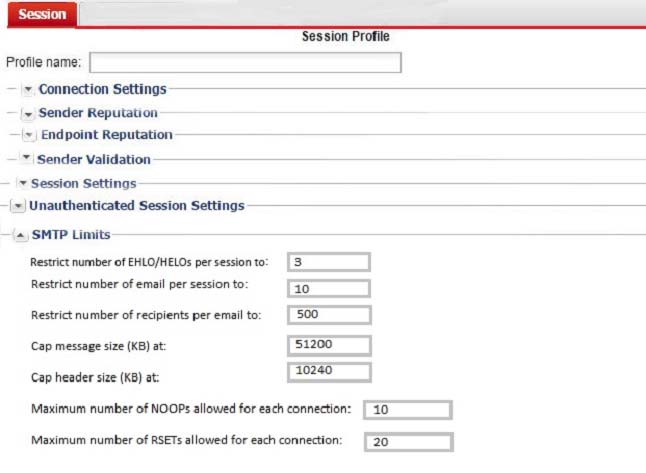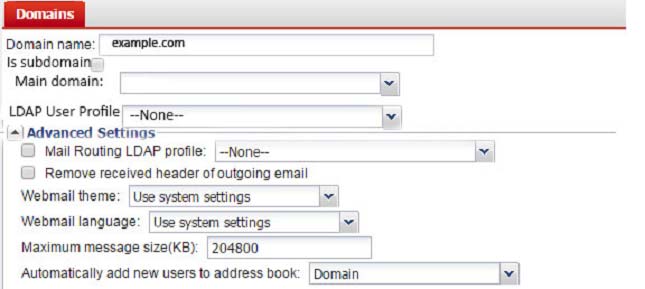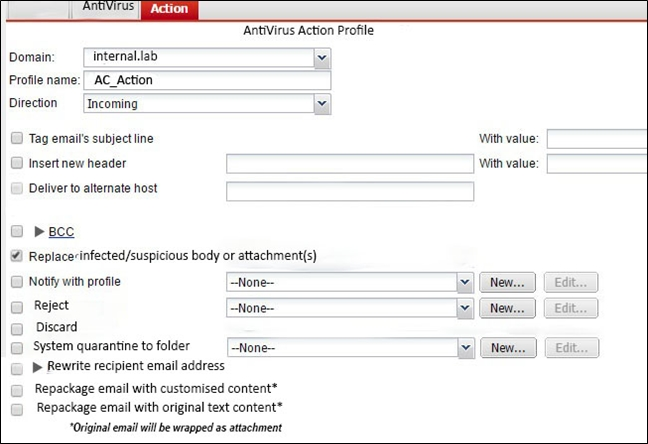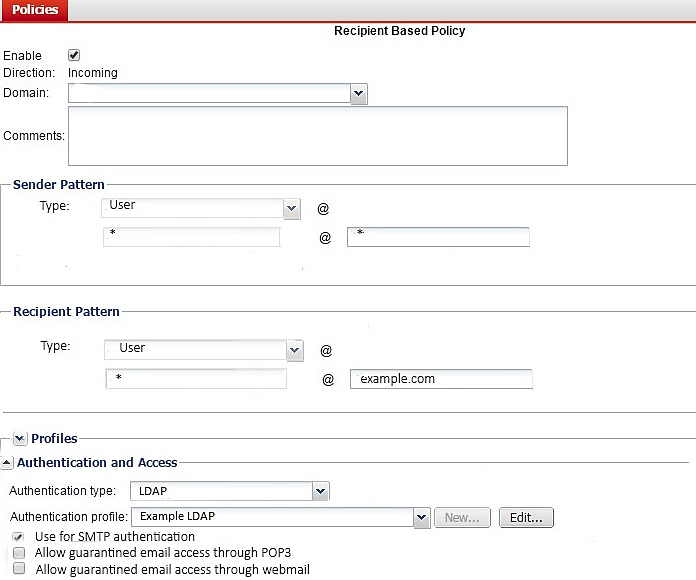FortiMail 5.3.8 Specialist
Here you have the best Fortinet NSE6_FML-5.3.8 practice exam questions
- You have 30 total questions to study from
- Each page has 5 questions, making a total of 6 pages
- You can navigate through the pages using the buttons at the bottom
- This questions were last updated on April 8, 2025




